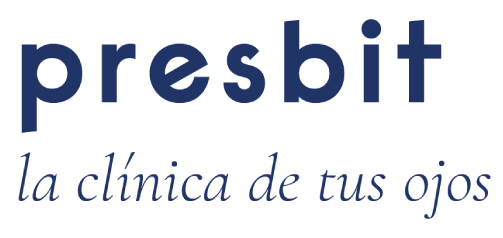GLAUCOMA
“Second cause of blindness in the world”
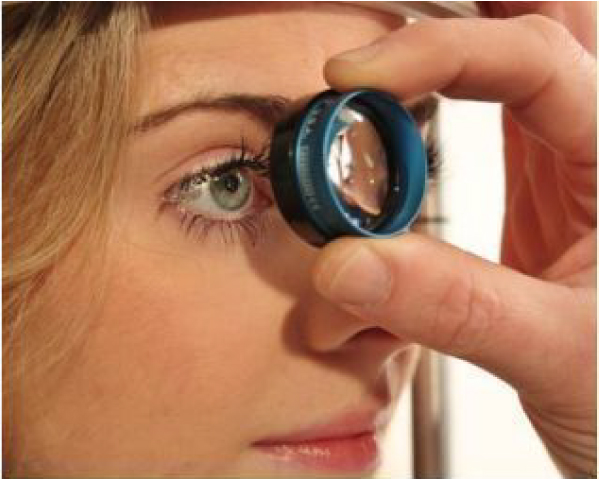
A silent disease that does not warn
The eye works like a digital camera. The eye makes the photo and is sent to the computer (brain) through a cable which is the optic nerve. This cable is formed by many threads or neurons, we all lose neurons but in the case of patients with glaucoma this loss is much faster.
Causes
Glaucoma is a complex disease, as are its causes. However, the increase in intraocular pressure (IOP) is a factor closely related to its appearance and evolution. It is the only modifiable factor on which we can act to prevent and treat glaucoma.
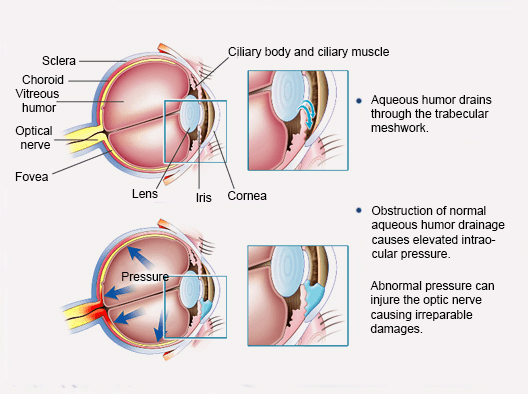
Symptoms
At the beginning no symptoms appear, which makes its detection difficult. When the damage to the optic nerve begins, the vision of the laterals (periphery) is lost and over time resembles tunnel vision. Eventually you can almost completely lose your vision. For this reason, it is important to visit a specialist periodically.
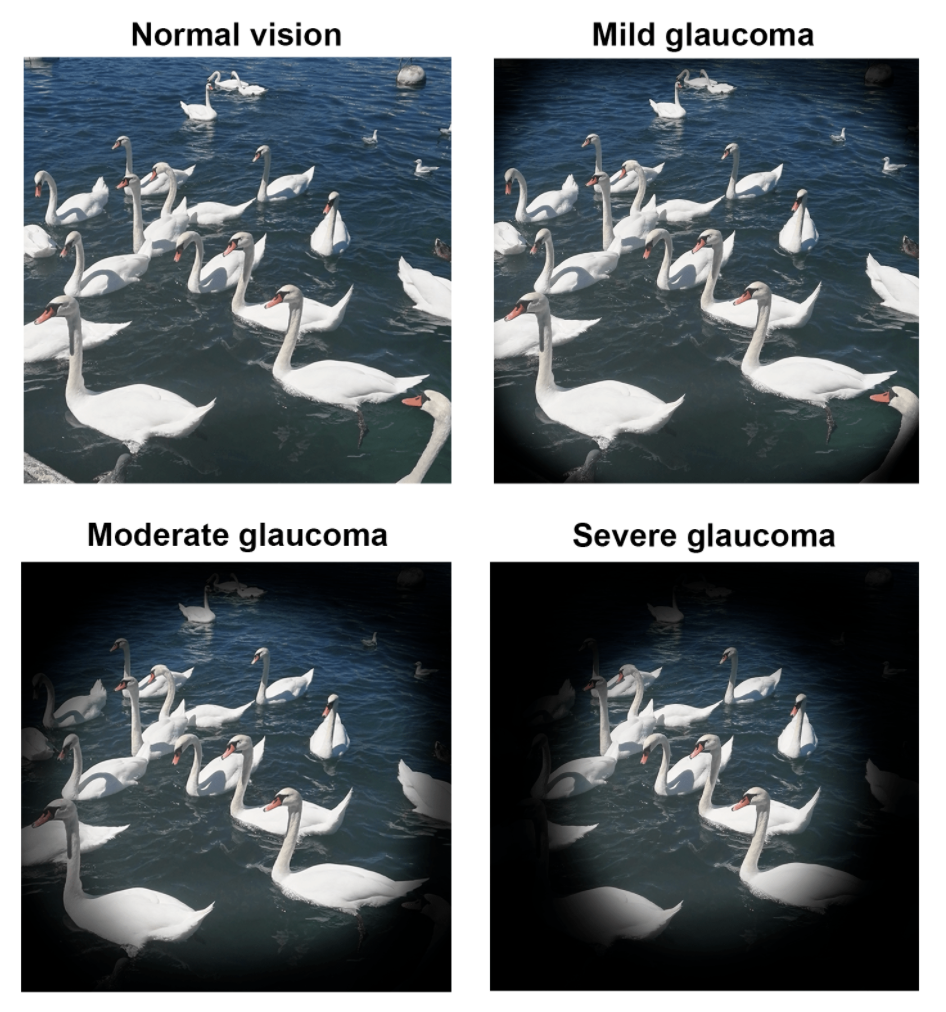
Risk groups
- People over 40 years old.
- High myopia.
- Family history of glaucoma.
- Ocular hypertension: IOP> 21 mmHg.
- Diabetes.
- Hyperopia.
- People receiving treatment with corticosteroids.
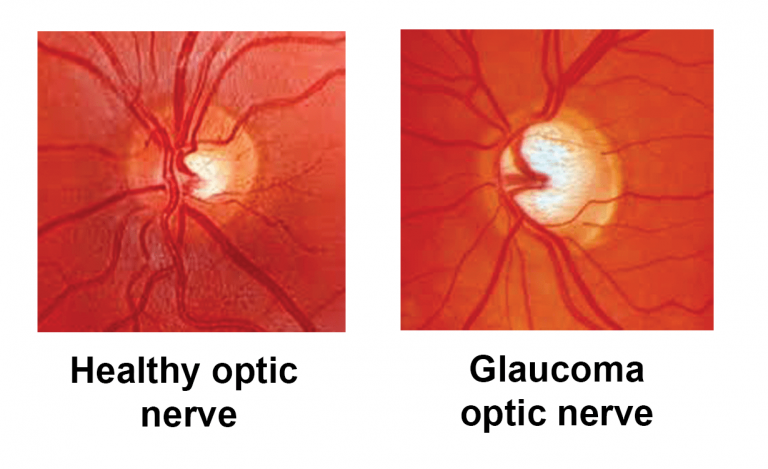
Methods of prevention
Glaucoma is a silent disease, that is, at the beginning it does not present symptoms, so its control is necessary through periodic visits to the ophthalmologist:
- Measurement of intraocular pressure using a tonometer.
- Exploration of the fundus (interior surface of the eye, where the optical nerve can be seen).
- Gonioscopy: allows the study of the ocular anatomy to classify the different types of glaucoma.
- Visual Campimetry: allows the study of the visual field to detect alterations (peripheral defects of vision).
- Digital retinographies (fundus photographs.)
- Optical Coherence Tomography (OCT) to analyse the optic nerve and the fibre layers.
Treatments
- Medical: different eye drops are used to lower the eye pressure.
- Laser treatment: They help aqueous drainage from the eye.
- Surgery: Creates a new drainage channel for the aqueous humor (the clear fluid filling the space between the cornea and the crystalline lens in the eye) to leave the eye: trabeculectomy, Non-penetrating deep sclerectomy (NPDS), valves …
“With an early treatment we can fight glaucoma”
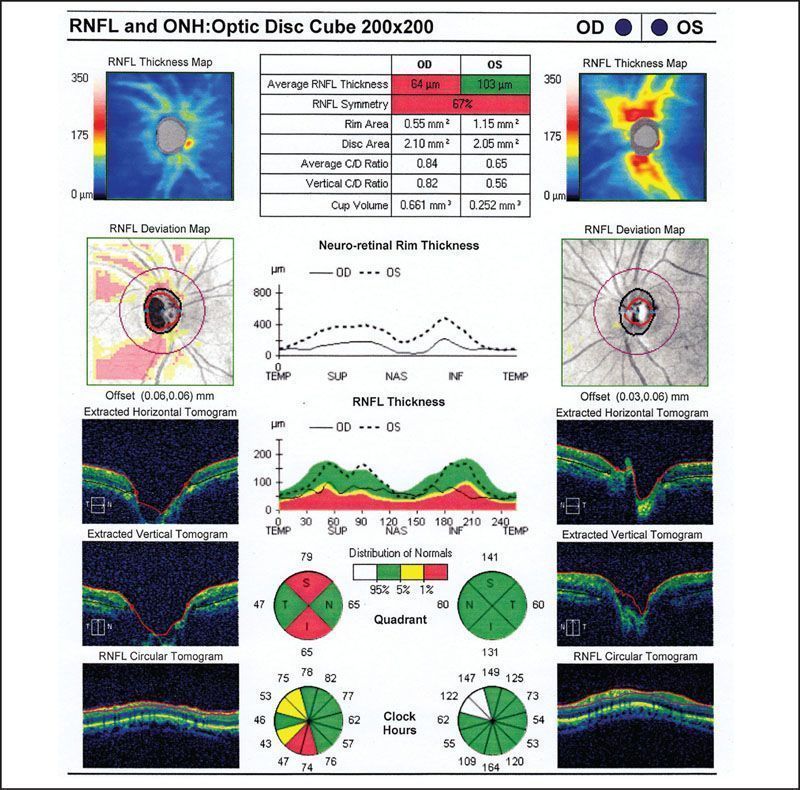
Glaucoma patient OCT scanner


